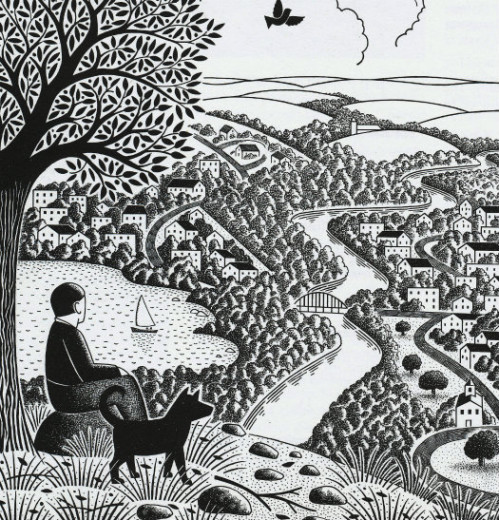Read an excerpt from this article below. You can download the full article by using the link at the end of the excerpt.
… A planning commission may conclude that the community needs a greenway system. A citizen can reach the same conclusion and ask the commission members for assistance. The mayor or other elected officials may decide it’s time to address the needs of bicyclists and others and ask the planning commission to investigate the possibilities. All of these are the start of a greenway system.
The next step should not be the preparation of a final greenway plan. If the planning commission produces such a plan, odds are good the community will reject the greenway proposal because it isn’t “their” plan. Private property owners whose land is affected by the proposal are likely to reject the plan — and even rally opposition to the entire greenways concept.
Instead, the planning commission, or whatever group takes on the lead in developing a greenway program, might consider the following steps (though, of course, circumstances might dictate a somewhat different scenario):
1. Collect material and have it rewritten in newspaper articles.
The first part of this task can be handled by an individual planning commissioner or staff person — or by a helpful volunteer. It involves writing every source available to assemble a library of greenway information. Editor’s Note: For a starting point, see the Resources sidebar on page.
Once the material is amassed, it is important to get it reprinted in general interest newspaper articles. Both the public and the planning commission will learn about the uses and value of greenways, and start off on equal ground.

2. Identify Public Land and Destination Points.
On a simple community map, color the public land parcels and identify with dots or push pins the places path users will probably want to go (members of the public can help with this task as well). These will likely include schools, housing areas, downtowns, natural areas, and commercial and business centers. But do not draw in big black magic marker a line over a private property owner’s land.
3. Bring Potentially Involved Landowners Into the Planning Process.
Landowners know their land and surrounding land better than anyone else. This makes them critical in offering advice about path location. The goal is to connect the dots on the map. With their assistance the most appropriate — and feasible — route can be arranged. …
End of excerpt
You must be logged in or a PlannersWeb member to download this PDF.